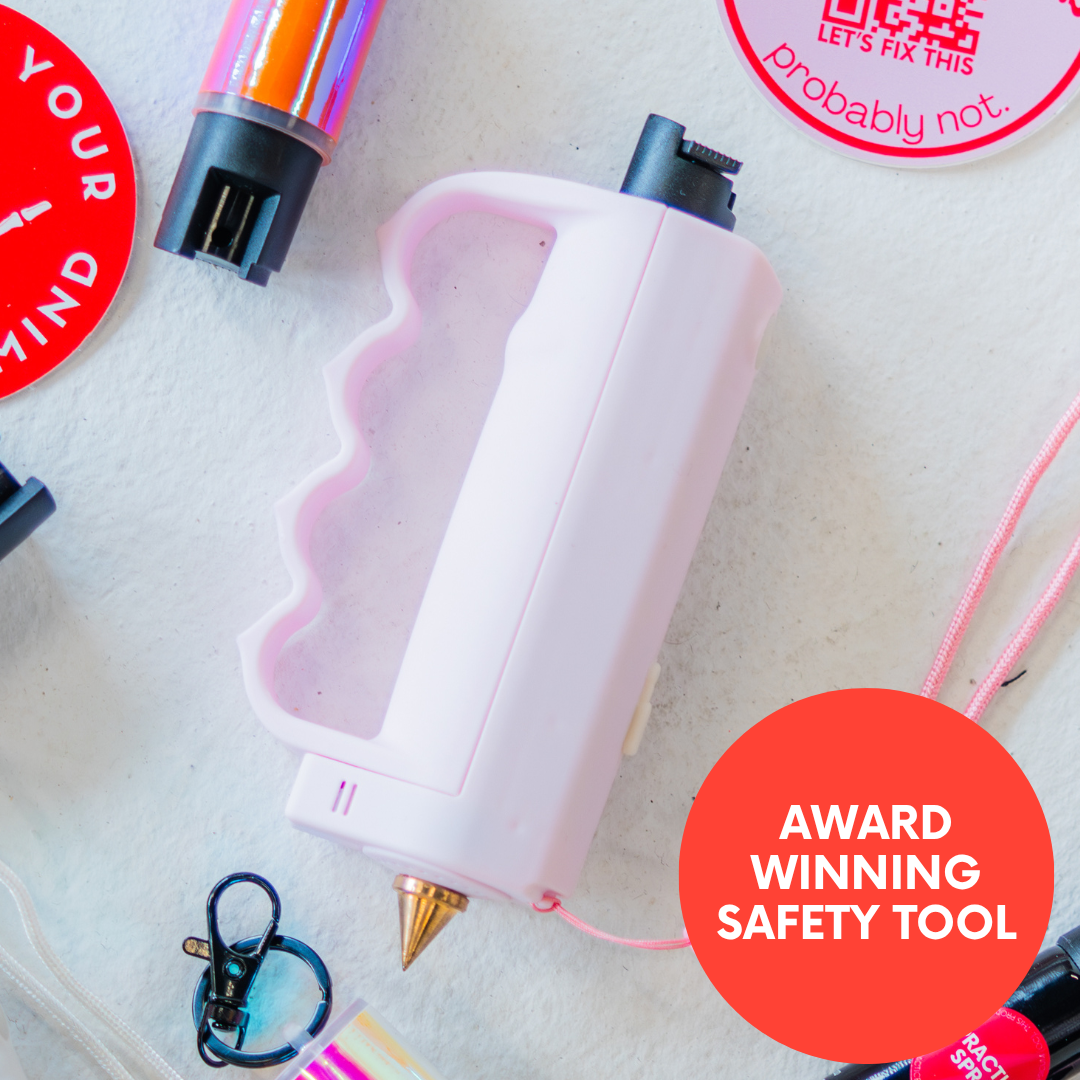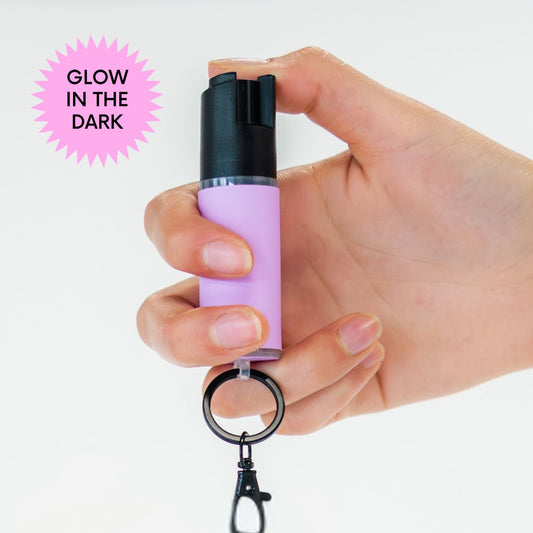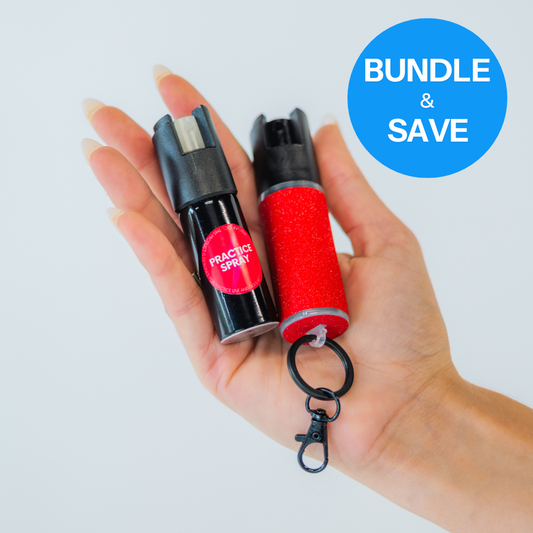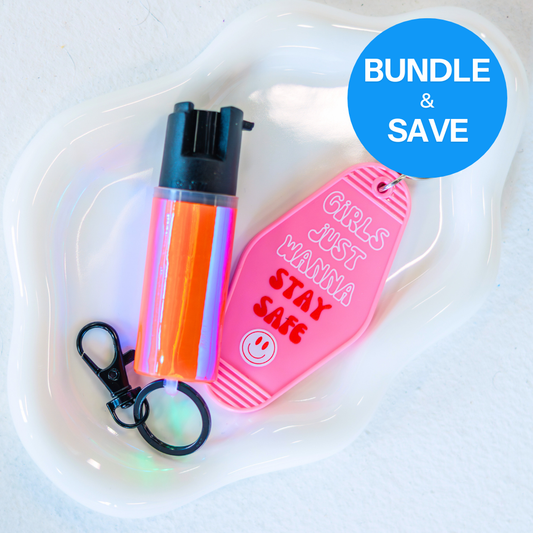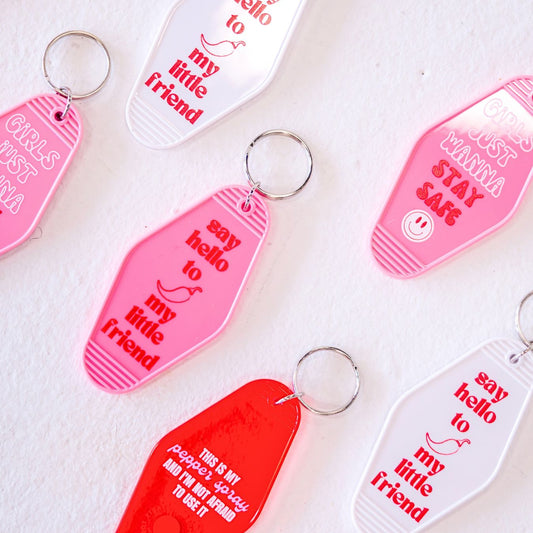Boundaries—one of those things that everyone talks about but not enough people actually do!
They’re like invisible lines that keep us feeling safe, respected, and in control of our own lives.
But setting boundaries isn’t always easy, especially when it feels like you’re constantly juggling other people’s expectations, needs, and opinions.
The good news? It’s totally possible to set healthy boundaries without feeling guilty or awkward.
Here’s how to do it in a way that feels good for you!
Why Boundaries Are Important
Let’s start with the basics: boundaries are limits you set for yourself to protect your time, energy, and well-being.
Think of them as personal guidelines that help you decide what’s okay and what’s not okay in your relationships, work, and everyday life.
Setting boundaries helps you maintain your own needs and values, and it teaches others how to treat you. Without boundaries, it’s easy to feel overwhelmed, overcommitted, and maybe even resentful.
But when you set clear limits, you’re taking charge of your life and making sure your needs are met—and that’s something worth prioritizing!
How to Set Boundaries: A Step-by-Step Guide
If setting boundaries sounds a little intimidating, don’t worry.
Here’s a simple, step-by-step guide to help you get started.
1. Know Your Limits
Before you can set boundaries, you need to know what your limits are.
Take some time to reflect on your needs, values, and what makes you feel comfortable or uncomfortable.
What drains your energy? What makes you feel disrespected? What’s important for you to protect—your time, your personal space, your mental health?
Pro tip: Keep a journal or make a list of situations where you felt like your boundaries were crossed. This can help you identify patterns and figure out what needs to change.
2. Communicate Clearly and Directly
Once you know your boundaries, the next step is to communicate them clearly.
Be straightforward about what you need and why it’s important. For example, if you need alone time after a busy day, say something like, “I need an hour to myself when I get home to recharge.”
You don’t have to over-explain or justify your boundaries. A simple, honest statement is enough.
The key is to be assertive, not aggressive. Remember, you’re just expressing your needs, not demanding or apologizing for them.
Pro tip: Practice what you want to say ahead of time. It can help you feel more confident and less likely to back down in the moment.
3. Be Consistent
Consistency is key when it comes to boundaries.
If you set a boundary, stick to it. This helps reinforce that you’re serious about your limits, and it teaches others to respect them.
If you’re wishy-washy or constantly bending your boundaries, it sends mixed signals and makes it harder for others to know where you stand.
Pro tip: If someone crosses your boundary, gently but firmly remind them of your limits. It’s okay to repeat yourself if needed!
4. Don’t Be Afraid to Say No
Sometimes setting boundaries means saying no—and that’s okay!
Whether it’s declining an invite, turning down extra work, or just saying no to things that don’t feel right, remember that you have the right to protect your time and energy.
Saying no doesn’t make you mean or selfish—it’s a form of self-respect.
Pro tip: Have a few go-to phrases ready for when you need to say no, like “I’m not able to do that right now” or “That doesn’t work for me.”
5. Be Prepared for Pushback
Unfortunately, you can expect some will not be thrilled about your boundaries, and it may take time to adjust.
Some people might push back, guilt-trip, or try to convince you to change your mind. Stand firm and remember why you set the boundary in the first place.
You’re not responsible for other people’s reactions—you’re responsible for taking care of yourself.
Pro tip: If someone keeps pushing your boundaries, it’s okay to reassess the relationship. You deserve to be around people who respect your limits.
6. Give Yourself Permission
Setting boundaries can sometimes feel selfish or uncomfortable, especially if you’re used to putting others first.
But guess what? You have full permission to set boundaries that protect your well-being.
It’s not just okay—it’s necessary. Remind yourself that your needs are valid and that taking care of yourself is a priority.
Pro tip: Repeat affirmations like “My needs are important” or “It’s okay to put myself first” whenever you start to doubt your boundaries.
7. Take Small Steps
You don’t have to set every boundary all at once.
Start small and build from there. Maybe it’s saying no to that one extra task at work, or setting a time limit on social media.
As you get more comfortable, you can start setting bigger boundaries in other areas of your life.
Pro tip: Celebrate your wins, no matter how small. Every time you set and maintain a boundary, you’re taking a step toward a healthier, more balanced life.
Final Thoughts: Embrace Your Boundaries
Setting boundaries isn’t about shutting people out or being difficult—it’s about creating a life that honors your needs and makes you feel respected.
It’s a way of saying, “I value myself enough to protect my time, energy, and peace.” And that’s something worth celebrating!
So go ahead, start setting those boundaries and watch how your life changes. You’ll feel more empowered, less stressed, and way more in control of your own happiness.
And remember, you’re not alone—everyone deserves to have boundaries, and you have every right to enforce yours.
